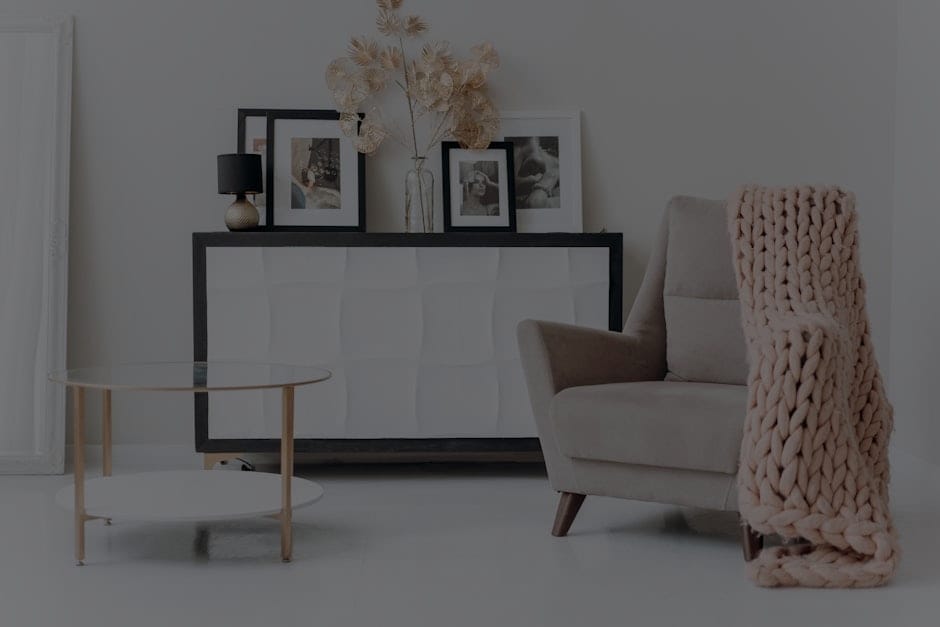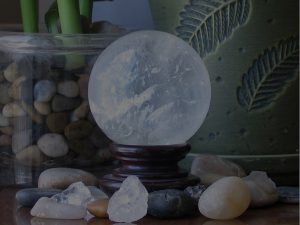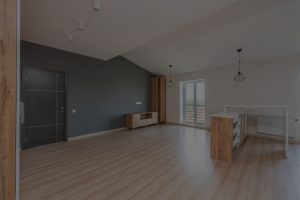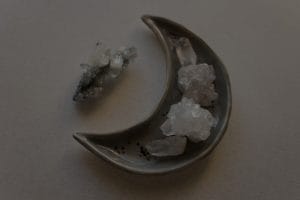**Abstract:** Discover how to seamlessly blend feng shui principles into modern interior design, enhancing your space’s energy flow and creating a harmonious atmosphere that resonates with tranquility.
Understanding Feng Shui in Contemporary Spaces
Feng Shui, the ancient Chinese art of placement, emphasizes the balance of energy (or “chi”) within an environment. In our fast-paced, modern world, the need for serenity and balance has never been more crucial. By integrating feng shui into contemporary interior design, individuals can create spaces that not only look good but also feel good. This approach encourages mindfulness, promotes well-being, and helps alleviate stress, making it a valuable addition to any home or office.
Decluttering: The First Step to Harmonious Living
Before diving into feng shui principles, the first step is decluttering. A cluttered space can hinder the flow of energy, leading to feelings of chaos and overwhelm. Begin by assessing each room and removing items that no longer serve a purpose or bring joy. This process not only opens up physical space but also allows for mental clarity. Studies show that a tidy environment can significantly reduce stress levels, making decluttering an essential practice for modern living.
Color Psychology: Choosing the Right Palette
Color plays a pivotal role in feng shui, influencing mood and energy levels. Incorporating calming colors such as soft blues and greens can promote tranquility, while vibrant hues like reds and oranges can energize a space. When selecting a color palette for your interior design, consider the function of each room. For instance, a bedroom might benefit from soothing tones, while a home office could thrive with stimulating colors. This intentional use of color aligns with feng shui principles, enhancing the overall ambiance of your space.
Furniture Placement: Creating Flow and Balance
The arrangement of furniture is crucial in feng shui, as it affects the flow of energy throughout a room. Aim for a layout that encourages movement and interaction while avoiding sharp corners that can create negative energy. Position key pieces, such as sofas and beds, in a commanding position, allowing occupants to feel secure and in control. Additionally, leaving space between furniture promotes better energy circulation. This thoughtful placement fosters an inviting atmosphere that encourages relaxation and connection.
Natural Elements: Bringing the Outdoors In
Integrating natural elements into your design not only enhances aesthetic appeal but also aligns with feng shui principles. Incorporate plants, water features, or natural materials like wood and stone to create a grounding effect. Plants, in particular, are known to purify the air and improve overall well-being. Research indicates that spending time in nature can reduce stress and enhance mood, making the inclusion of greenery an effective way to promote a sense of peace within your home.
Lighting: Illuminating Your Space
Lighting significantly influences the energy of a room. In feng shui, natural light is ideal, so maximize windows and use sheer curtains to allow sunlight to filter in. When natural light isn’t an option, opt for warm, soft lighting that creates a cozy atmosphere. Avoid harsh fluorescent lights that can lead to feelings of discomfort. Layering different light sources, such as lamps and sconces, can also add depth and warmth to your space, enhancing its overall energy.
Personal Touches: Infusing Your Space with Intention
Finally, personalize your space with items that resonate with you. Family photos, meaningful art, and cherished keepsakes can enhance the energy of a room, making it feel uniquely yours. However, it’s essential to curate these items thoughtfully, ensuring they contribute positively to the overall atmosphere. Feng shui encourages the use of objects that evoke joy and positivity, creating a space that feels uplifting and harmonious.
By incorporating these feng shui principles into modern interior design, individuals can cultivate environments that foster well-being, serenity, and balance. As we navigate the complexities of contemporary life, creating spaces that resonate with peace and positivity becomes not just a luxury, but a necessity for emotional and mental health.









